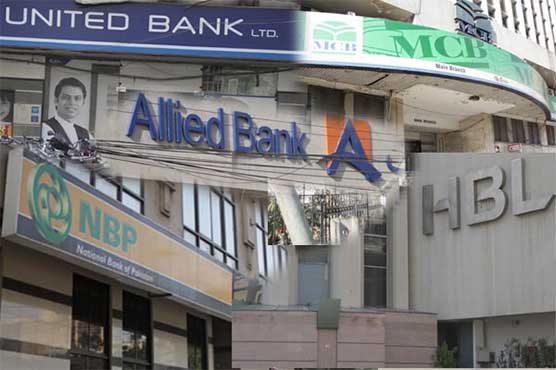Pakistani banks listed on the Pakistan Stock Exchange (PSX) achieved record half-year profitability in the first six months of 2025. According to a report by Arif Habib Limited, the combined profit after tax (PAT) for KSE-100-listed banks reached Rs326 billion (USD 1.16 billion) in 1HCY25, up 19% year-on-year.
The second quarter contributed Rs160 billion in profits, a 23% rise YoY, supported by balance sheet growth and diversified income streams. Net Interest Income (NII) remained the primary driver, reaching Rs1 trillion in 1HCY25, a 22% increase YoY. In 2QCY25 alone, NII was Rs510 billion, up 20% YoY. Non-markup income also rose to Rs255 billion in 1HCY25 (+7% YoY), with 2QCY25 delivering Rs132 billion (+9% YoY).
Despite operating expenses increasing 18% to Rs553 billion, the sector maintained cost efficiency, with the cost-to-income ratio at 46%, slightly above 45.4% in 1HCY24. On the capital markets side, the banking sector delivered a 70% year-to-date return in 2025, outperforming the KSE-100’s 27% gain.
Among individual banks, National Bank of Pakistan (NBP) recorded a 148% stock price increase, followed by United Bank Limited (UBL) at 111% and Askari Bank (AKBL) at 105%, driven by strong earnings and dividend distributions. Deposits also reached historic levels, with UBL growing 32% YoY to Rs4.3 trillion and HBL maintaining the largest deposit base at Rs5.2 trillion. Dividend announcements, including Bank of Punjab (BOP) and AKBL, further supported investor confidence.
Islamic banks faced a decline in profitability, down 13% YoY to Rs57 billion in 1HCY25, impacted by lower interest rates and regulatory changes effective January 2025. In contrast, conventional banks posted a 29% YoY growth in profits despite the rate cut environment.
The banking sector contributed Rs394 billion in taxes during the half-year, marking a 44% increase YoY, reflecting a higher effective tax rate of 54% compared to 48% in 1HCY24.




